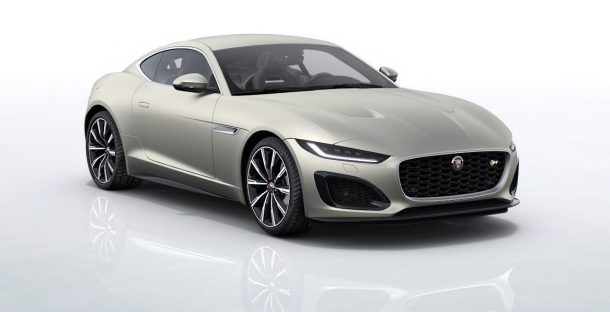A Difference in Color or Colour?
Car color preferences differ by nation or regions of the world, as we found in comparing our previous post on Axalta’s study, and BASF’s Color Report 2020, issued in the UK.
BASF’s Color Report 2020 for automotive OEM coatings indicates there are more colorful cars being produced, as evidenced in Europe, the Middle East, and Africa (EMEA), particularly as it relates to smaller SUVs and their growth in the market. Still, achromatic colors are dominant, with white being number one.
The United Kingdom being a part of Europe when they so choose, we wondered if it held true across the board, or if it was somehow different, as the UK practices its Brexit from the European Union. It turns out that in the UK, grey is the most popular color at 26 percent of the total. The color report indicates that 79 percent of UK-produced vehicles are achromatic, three points higher than its share in the EMEA.
Among the chromatic segment, blue is tops at eight percent of the UK total, with red in second at seven percent, with green and orange following closely. Green, and not just the British Racing Green tone most commonly referenced, is three times more popular on cars in the UK than in EMEA.
Mark Gutjahr, automotive color design head, BASF EMEA said, “Green is considered the classic racing color of Great Britain, and we can see this reference in a much higher production rate within the region. The export markets connected to UK brands enjoy this color, as it has been an essential for decades in the line-up of all manufacturers.”
Scott Robinson, BASF UK account manager, coatings division said, “Other color trends we are seeing within the automotive market are a desire for two-tone exterior styling and personalization. While gray, white, black and silver continue to dominate, there is an appetite for an individual look.”
BASF’s color report for automotive OEMs is data derived and analyzed from BASF’s coatings division, based on 2020 global automotive production and paint application to light-duty vehicles. Whether we’re talking color here, or colour there, the variations are interesting.
[Images: Jaguar Land Rover]
With a father who owned a dealership, I literally grew up in the business. After college, I worked for GM, Nissan and Mazda, writing articles for automotive enthusiast magazines as a side gig. I discovered you could make a living selling ad space at Four Wheeler magazine, before I moved on to selling TV for the National Hot Rod Association. After that, I started Roadhouse, a marketing, advertising and PR firm dedicated to the automotive, outdoor/apparel, and entertainment industries. Through the years, I continued writing, shooting, and editing. It keep things interesting.
More by Jason R. Sakurai
Latest Car Reviews
Read moreLatest Product Reviews
Read moreRecent Comments
- ToolGuy TG likes price reductions.
- ToolGuy I could go for a Mustang with a Subaru powertrain. (Maybe some additional ground clearance.)
- ToolGuy Does Tim Healey care about TTAC? 😉
- ToolGuy I am slashing my food budget by 1%.
- ToolGuy TG grows skeptical about his government protecting him from bad decisions.






































Comments
Join the conversation
I still think that option Audi had of allowing one to pick your colour for what was a remarkably low cost was a great idea. One of the writer's hear did that, I apologize for not being able to remember. Had I that option, I think I'd opt for Moulin Rouge, even though it's an Audi.
I've bought my last three cars used and they all ended up being black. They look stealth but are a pain to keep clean. Just bought a Wrangler as a side piece and the color was "Sting Gray"... clearly a play on Stingray which I though was clever. Their green is called Sarge. What I don't get are some of the other names. We had an SQ5 that was Florett Silver Metallic. And our X3 M40i is Phytonic Blue. What do those words mean? They really don't give you a visual. When they say "Soul Red Crystal" I immediately know which Mazda color you're talking about.